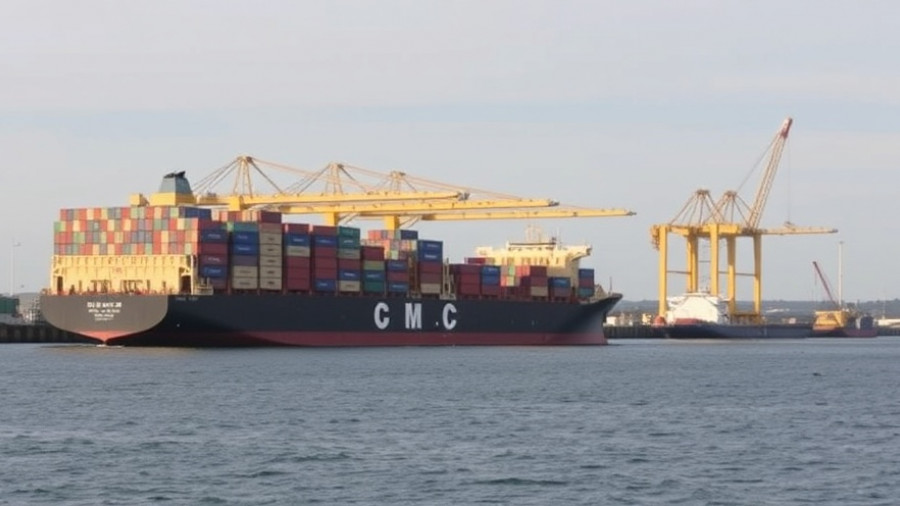
Urgency and Opportunity in Climate Action
The recent launch of the Warm Homes: Local Grant is a pivotal step for local authorities dedicated to enhancing energy efficiency in households throughout the UK. With this new funding, councils face not only exhilarating prospects but also significant challenges, particularly in engaging residents of varied backgrounds and economic standings. For property buyers, sellers, and investors in Dumfries, this is more than just policy; it reflects an urgent call for proactive interaction with community climate action that can influence property value and lifestyle.
Transforming Energy Initiatives into Local Benefits
To bridge the gap between lofty climate goals and individual households, authorities must reframe their narratives. Messaging around retrofit initiatives should prioritize tangible benefits over abstract climate objectives. By highlighting the immediate benefits—such as healthier living environments, reduced energy bills, and lower fuel poverty—local governments can communicate the practical importance of energy efficiency upgrades to the community. For individuals involved in the property market, these improvements can result in not only better living conditions but also increased property values over time, as energy-efficient homes become increasingly appealing to prospective buyers.
Community Engagement: A Key to Retrofit Success
Engaging local communities is crucial in ensuring that retrofit initiatives resonate with residents’ unique needs. The North East Combined Authority's approach exemplifies this practical engagement by focusing on local children living in fuel poverty. This strategy takes complex energy efficiency discussions and grounds them in relatable experiences, demonstrating how energy-saving measures can address immediate local issues. Homebuyers and sellers can see the direct ramifications of these initiatives in their neighborhoods, ultimately influencing their investment choices.
Policy Support: A Collaborative Approach
Support from the national government is fundamental for local authorities to effectively implement these energy upgrades. The recent £13.2 billion allocation for energy initiatives aims to address challenges head-on by ensuring that councils have the resources they need. Property investors should be aware that these supportive measures could lead to more affordable housing markets, cleaner neighborhoods, and a healthier community. Understanding the collaborations between local and national policies can help investors make informed decisions about their investments.
Identifying the Right Homes for Retrofit
While tools like Energy Performance Certificates (EPC) offer some data, they must be supplemented by deeper insights tailored to specific community needs. For homeowners considering upgrades, individuals must navigate past complex terminology and instead focus on how energy efficiency directly enhances their living space. This nuanced understanding can guide property investors not only toward sustainable choices but also towards investments with long-term benefits in the rapidly evolving market.
Moving Forward Together: Your Role in Climate Action
The actions taken today will shape the future of our communities in Dumfries. For homebuyers, sellers, and property investors, understanding the implications of energy efficiency upgrades can translate into better living conditions and smarter investment choices. Community engagement isn’t just a policy initiative; it’s an empowering movement that places responsibility and opportunity in the hands of residents. For these stakeholders, participating in climate action is vital—not only for personal benefits but also for the well-being of the entire community.
Take Action and Get Involved
Now is the time to engage with local initiatives and advocate for smart energy practices in our homes. Be proactive: find out more about how you can benefit from the Warm Homes: Local Grant and other energy-saving options available in Dumfries. Participate in community discussions, workshops, and forums. Every conversation and action contributes to a greener, more sustainable future.
 Add Row
Add Row  Add
Add 





Write A Comment